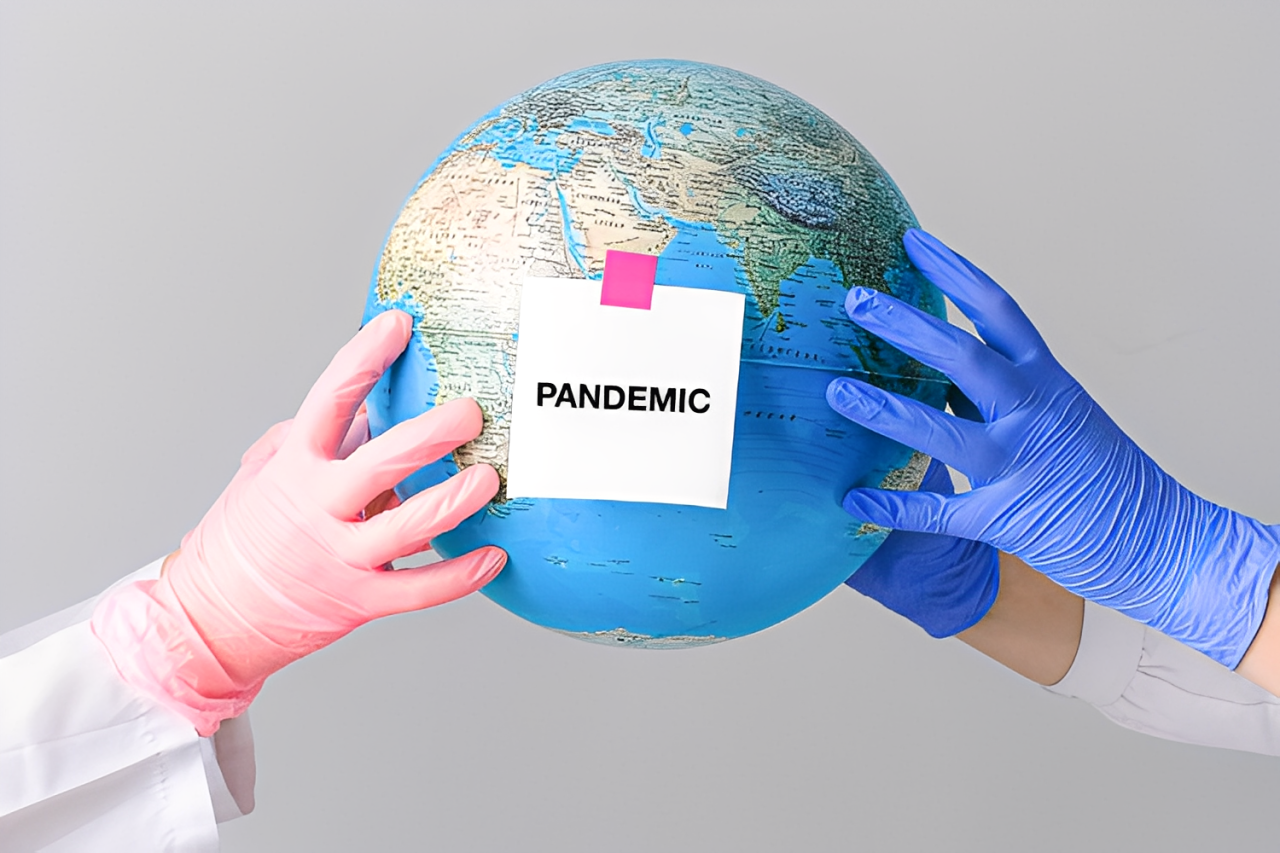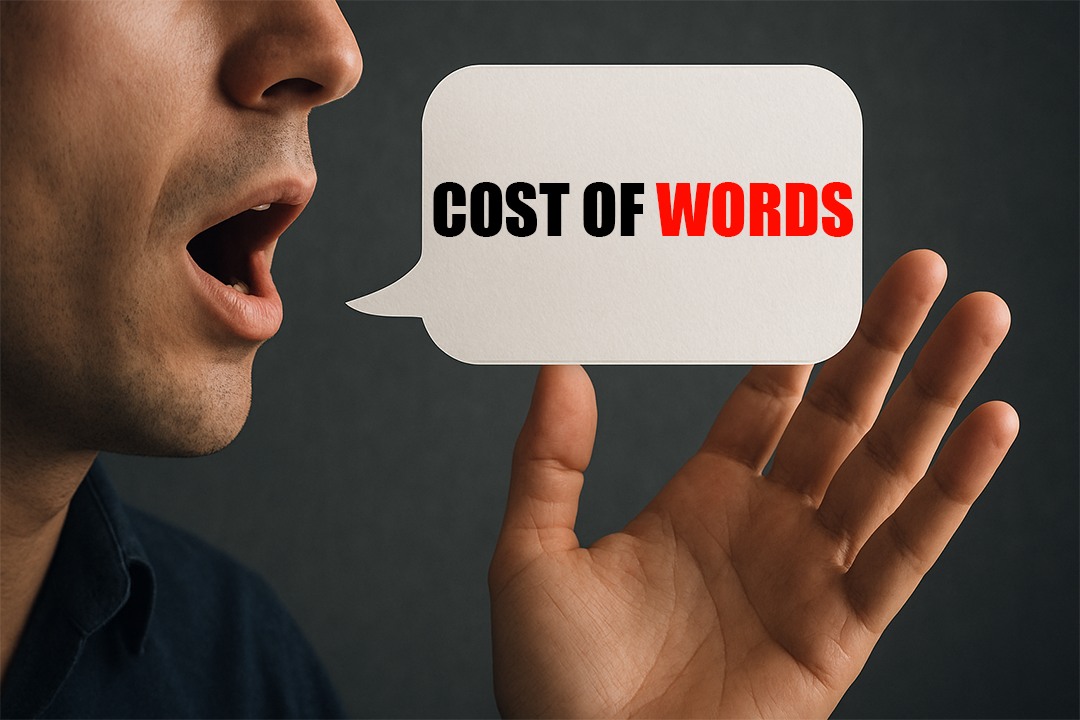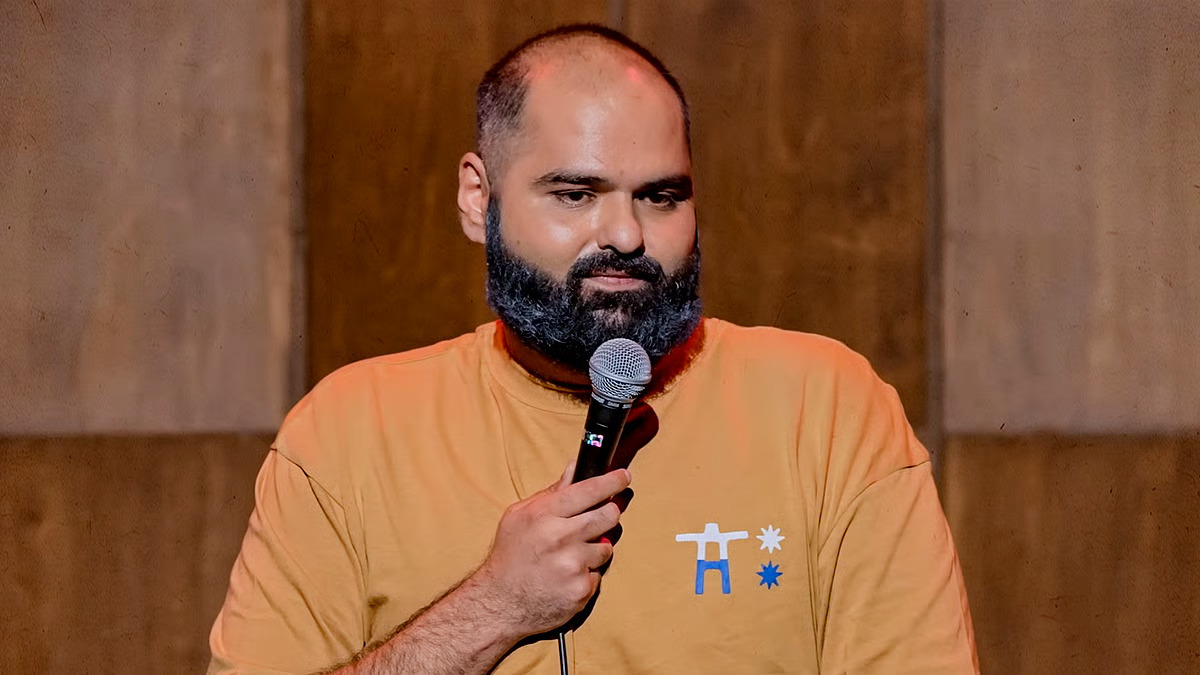
WHO Pandemic Agreement: A New Global Pact for Health Security
In May 2025, countries across the world came together to adopt the World Health Organization (WHO) Pandemic Agreement a major step in improving how the world prevents, prepares for, and responds to future pandemics. This agreement is the result of years of negotiation, sparked by the harsh lessons of COVID-19. It aims to make sure that all countries rich and poor are better protected when the next global health crisis hits.
History:
After the devastating impact of the COVID-19 pandemic, world leaders agreed that the international system had failed in many ways slow responses, unequal vaccine access, and poor coordination. In response, a special session of the WHO in 2021 led to the formation of the Intergovernmental Negotiating Body (INB). Its job was to draft a new global agreement focused on pandemic prevention, preparedness, and response. Between 2022 and 2025, more than 13 meetings were held, involving public consultations and tough debates on issues like national sovereignty, vaccine equity, and data sharing. After more than two years, the final draft of the agreement was adopted at the 78th World Health Assembly in May 2025 by a large majority of countries.
Nature of the Agreement:
The Pandemic Agreement is designed to make sure countries work together faster and more fairly during a pandemic. It is based on key principles like:
- Equity: ensuring fair access to vaccines, tests, and treatments.
- Solidarity: working together in times of crisis.
- Transparency: sharing information and data openly.
- Sovereignty : respecting each country’s right to manage its health systems.
- Scientific evidence : using research and expert advice to guide decisions.
The agreement also includes the One Health approach, which connects human, animal, and environmental health important for stopping diseases that come from animals.
LEGAL STATUS:
The Pandemic Agreement is a legally binding treaty under Article 19 of the WHO Constitution. This is the same legal path used for other global health treaties, like the Framework Convention on Tobacco Control.
However, the agreement uses a hybrid legal model. This means some parts are legally required (“hard law”), while others are recommendations (“soft law”), giving countries some flexibility. The agreement will become fully effective once 60 countries ratify (approve) it through their national legal processes.
FEATURES
- Pathogen Access and Benefit-Sharing (PABS) System
One of the most important parts of the agreement is the PABS system. This requires companies that make vaccines, medicines, and tests during a pandemic to share 20% of their products with the WHO:
- 10% as free donations
- 10% at affordable prices
These will be distributed based on public health needs not just money or politics so everyone gets access, not just wealthy countries.
- Stronger Health Systems
The treaty puts Universal Health Coverage (UHC) and primary health care (PHC) at its core. Countries are encouraged to build stronger local health systems that can detect and stop disease outbreaks early.
- New Financing and Supply Chain Systems
The agreement also outlines plans for:
- A Coordinating Financial Mechanism to help low-income countries fund pandemic responses.
- A Global Supply Chain and Logistics Network to speed up delivery of essential supplies during emergencies.
INDIA’S ROLE
India has played a key role in shaping the Pandemic Agreement. As one of the world’s largest producers of vaccines and medicines, India has long supported fair access for all. During the negotiations:
- India strongly pushed for equity and fairness in vaccine distribution.
- It promoted the One Health approach, which is in line with India’s own public health policies.
- Indian leaders emphasized the importance of Universal Health Coverage to strengthen national health systems.
- Prime Minister Narendra Modi welcomed the agreement and stated that it reflects the value of “leaving no one behind.”
India’s global standing in public health, especially through its vaccine diplomacy during COVID-19 (like supplying vaccines to over 100 countries), gave it a strong voice in the discussions.
WHO SUPPORTED IT AND WHO DIDN’T?
Out of 194 WHO member states, 124 countries supported the agreement during the May 2025 vote. However, 11 countries abstained—including Russia, Italy, Iran, Poland, and Israel. Their concerns were mainly about:
- National sovereignty
- Intellectual property rights
- The enforceability of the treaty
The United States did not sign the agreement. U.S. representatives said the treaty was too bureaucratic and did not include enough WHO reforms. Still, the door remains open for the U.S. to join later.
CHALLENGES
Even though the agreement has been adopted, several challenges remain:
- The PABS system details still need to be negotiated and approved.
- Countries need to ratify the treaty 60 approvals are required before it becomes law.
- New funding systems and supply chains must be created and tested.
- Countries need to build trust and improve data sharing and early warning systems.
IMPORTANCE OF AGREEMENT
This is the first global treaty focused entirely on preparing for and responding to pandemics. It is important because:
- It promotes fairness in sharing vaccines, medicines, and technologies.
- It helps poor and rich countries work together.
- It encourages early action to stop outbreaks before they become global disasters.
- It builds legal responsibility for countries to act, not just promises.
CONCLUSION
The WHO Pandemic Agreement is a powerful step toward a safer and fairer world. It may not fix everything overnight, but it creates a strong foundation for countries to respond better, faster, and more fairly to future health threats. With India playing a leadership role and most countries on board, this agreement sends a clear message that the world is ready to act together to stop the next pandemic before it starts.




Leave a Reply